Last Updated on August 2, 2021
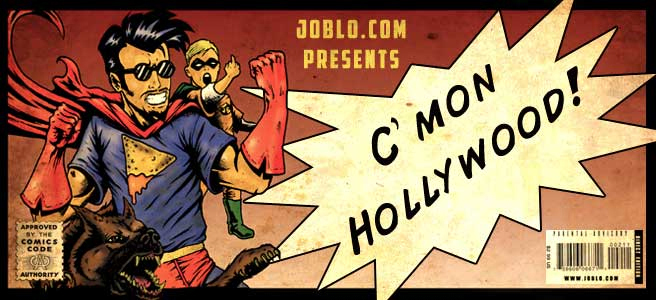
I’m aware that title is probably a bit more incendiary than I intended. Upfront I want to say I love arthouse films. Hell, HOLY MOUNTAIN, 8 1/2 , and CLERGYMAN AND THE SEASHELL are some of my favorite films of all time. What’s great about these types of films, is that they experiment and test the boundaries of what film is capable of. Sometimes this is accomplished through forgoing narrative structures (like Salvador Dali’s UN CHIEN ANDALOU or really David Lynch’s entire oeuvre), subverting expectations and conventions (such as Richard Linklater’s SLACKER and its revolving door of main characters, or an entire film of two people just sitting down and talking, like DINNER WITH ANDRE), or even utilizing new ways to use long-established film techniques (like Jean-Luc Godard’s famous jump-cuts in BREATHLESS).
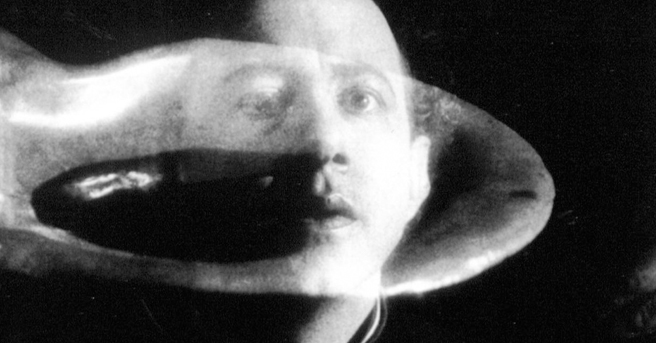
So how can I even compare blockbuster films – those dumb, lowest-common denominator, explosion-heavy quip fests – to arthouse films? Art films, by their very definition, are made to push the boundaries of film itself, while blockbusters are simply products made to sell movie tickets and popcorn. Right?

Well, for one, many great works of art were made through commission, rather than because of an artist’s passion or inspiration. Basically, products for a paying customer. One of the most famous paintings of all time is the Sistine Chapel ceiling by Michelangelo, which was commissioned by the Pope and the Catholic church (which Michelangelo reportedly painted begrudgingly). Even Leonardo da Vinci’s Mona Lisa and Mozart’s various symphonies were funded by wealthy nobles. Since a work of art being patronized has been the case in every era (whether it be the church, some rich guy, or a major film studio), means that just because a blockbuster’s impetus is to turn a profit, doesn’t mean that it isn’t a work of art. Unless of course you want to argue that the Sistine Chapel, Mozart’s Requiem, or the Mona Lisa aren’t works of art either (which I guess is a stance you can take).

Furthermore, even if it was just based on aesthetics alone, blockbusters are still art due to the conscious decisions that are made. A car explosion made to look like an atomic bomb, bullets making people do bloody back-flips, or using slow-motion gratuitously, are all creative – and indeed – artistic choices, whether you agree with them or not.
There’s also a reason STAR WARS, LORD OF THE RINGS, or THE AVENGERS resonates with so many people across the world. The tenants of courage, individuals facing off against oppressive systems, self-sacrifice, and true love are felt by all, regardless of culture or language. There’s something actually quite powerful about that. And even if these films were made solely for commercial gain and profit, if they touched you and made you feel something, they succeeded, right?
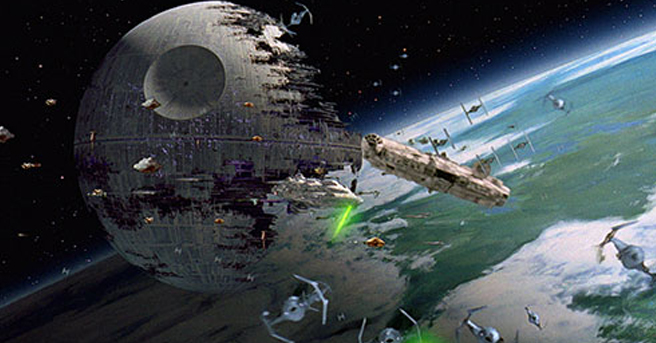
Not only that, but arthouse films and genre films also share some intense intertextuality, with many art films cannibalizing things like action films and B-movies for their own purposes. Tarantino has made a career out of that, of course, but he’s far from the first one. Hell, Jean-Luc Godard kickstarted the French New Wave with the aforementioned BREATHLESS, which was really just a more stylish and unique take on an American B-movie crime picture from the ‘50s, and then later directed the sci-fi noir ALPHAVILLE.
This all gets at the heart of the whole issue: the so-called "high-art/low-art dichotomy", which is something that can be seen all throughout the film industry (especially awards shows). And I’m going to argue is a false dichotomy. A lot of times, what is considered “high” art is simply a matter of affectation. For instance, you can compare things like the subdued and relatively subtle MELANCHOLIA to the bombastic actioner ARMAGEDDON, which both deal with the end of the world, and even share themes about the acceptance of death. But, if I’m being honest – I cried and felt way more emotions during ARMAGEDDON (Bruce Willis, no!) then I did throughout MELANCHOLIA (a film I also really enjoyed). Because art, in essence, is about crystallizing the human condition, and whether that’s through abstract symbolism, political allegory, or just straight-up good ol’ fashioned storytelling, it’s about making us think, but also making us feel.

Look, I’d never argue Michael Bay is a better director than Lars Von Trier. I’m also not arguing that if you don’t like blockbuster films you should all of a sudden. So if you personally enjoy more subtle, nuanced films, that's awesome! Films like MOONLIGHT or 400 BLOWS feel real and powerful precisely because they lack Hollywood payoffs and structure, making them achingly human and relatable in a way that something with massive explosions and one-liners will always have trouble doing. But while it’s true many blockbusters are indeed terrible (*cough* TRANSFORMERS *cough*), the inverse is also true. There are definitely bad (really bad) arthouse films as well. Case in point: the infamous disaster BROWN BUNNY. It’s about a guy driving for three hours straight (but somehow feels a million times longer than that) and then gets a blow-job. That’s it…that's the whole movie. Because, look, experiments are great and all – they help us understand the artform and what new things can be done with it – but they also show what not to do, and what it can’t. I mean, it just takes one bad experiment to lead to a zombie outbreak. Just sayin’.
But because they’re not beholden to making all the money in the world, many times arthouse films are brutal and honest in a way that blockbuster films can't be (especially films like SALO or A SERBIAN FILM). And we need films that are brutal and honest to stave off complacency; to challenge us and make us think. To provoke us, like A CLOCKWORK ORANGE, or to let us see the hidden beauty in despair and loss like in AMOUR.
However, stories can also help us cope with the darkness of our everyday lives. Blockbuster films – which mostly comprise of superhero films, action films, rom-coms, and kid’s movies – oftentimes let us bask in the light of spectacle, if only for two hours or so. It’s why we dream, and it’s for many people why they watch films, to escape the often cruel, merciless, and chaotic world around us. There's great value in that as well. For real hope can come from fantasy. To quote Samwise Gamgee, from the blockbuster LORD OF THE RINGS franchise:
It's like in the great stories…The ones that really mattered. Full of darkness and danger they were. And sometimes you didn't want to know the end, because how could the end be happy? How could the world go back to the way it was when so much bad had happened? But in the end, it’s only a passing thing, this shadow. Even darkness must pass.



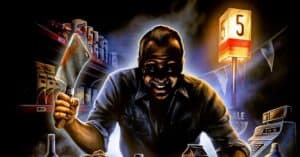

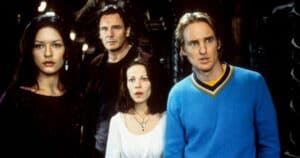


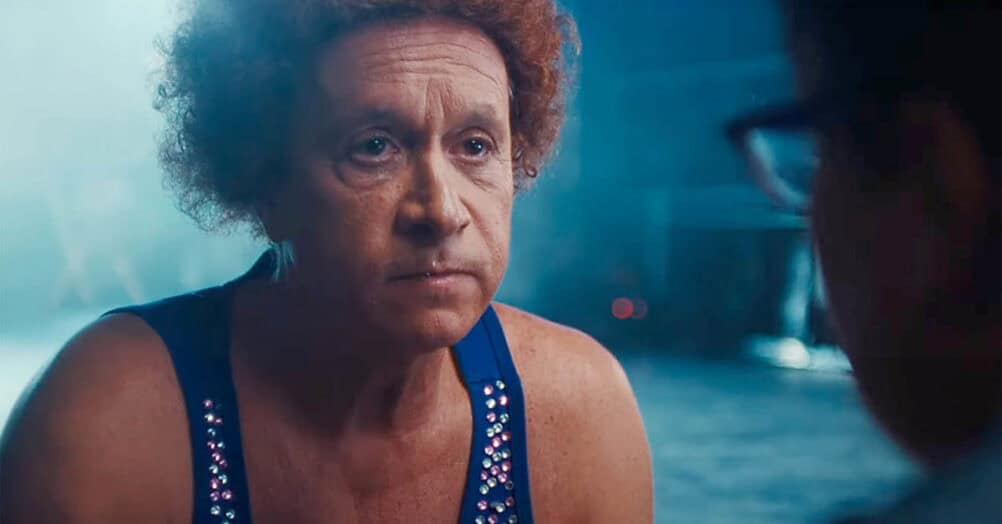
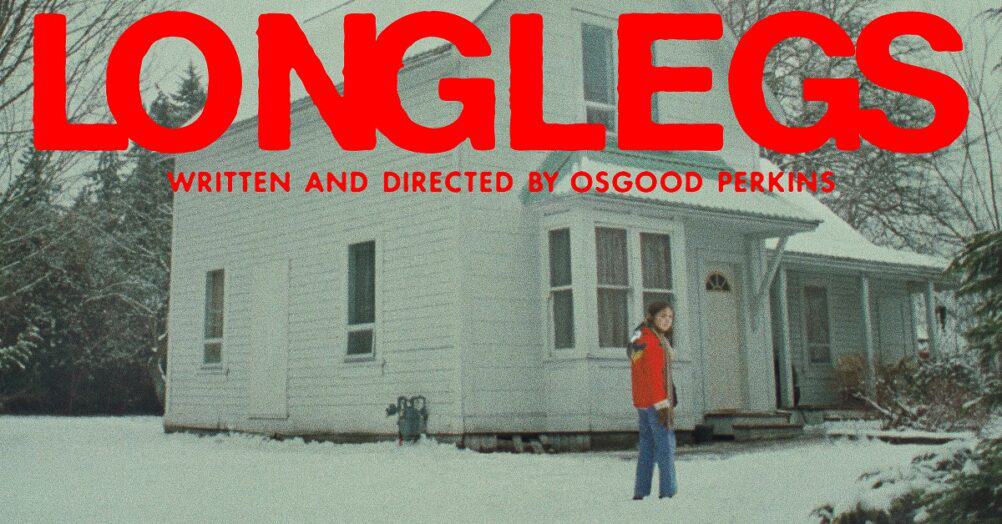
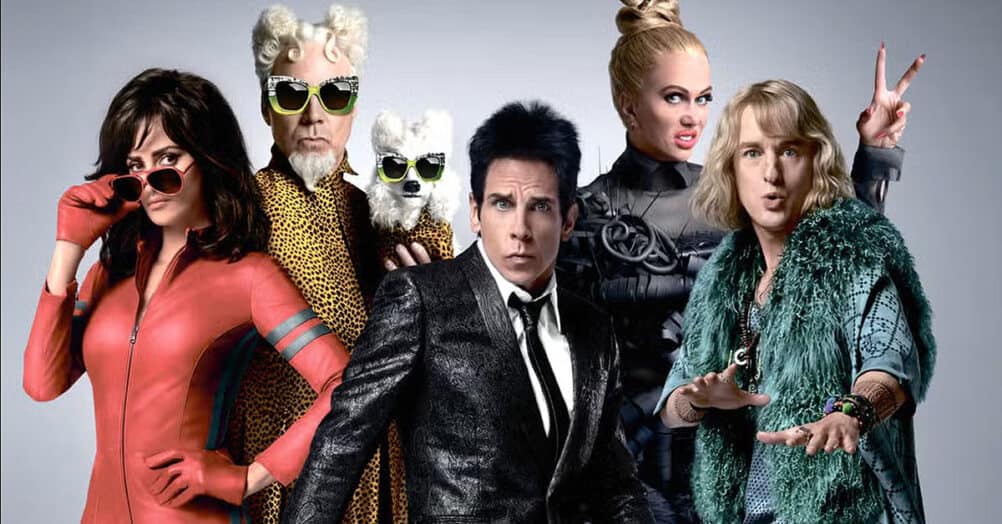


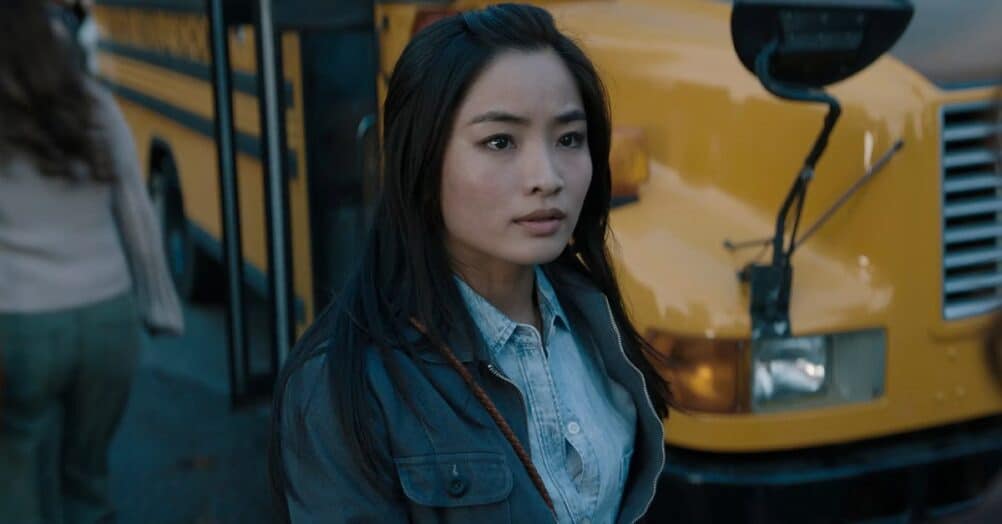

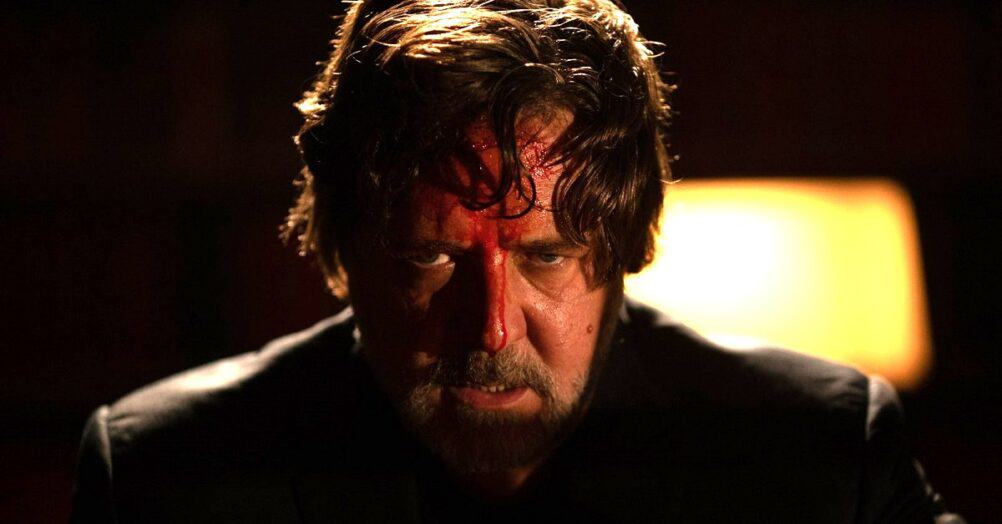
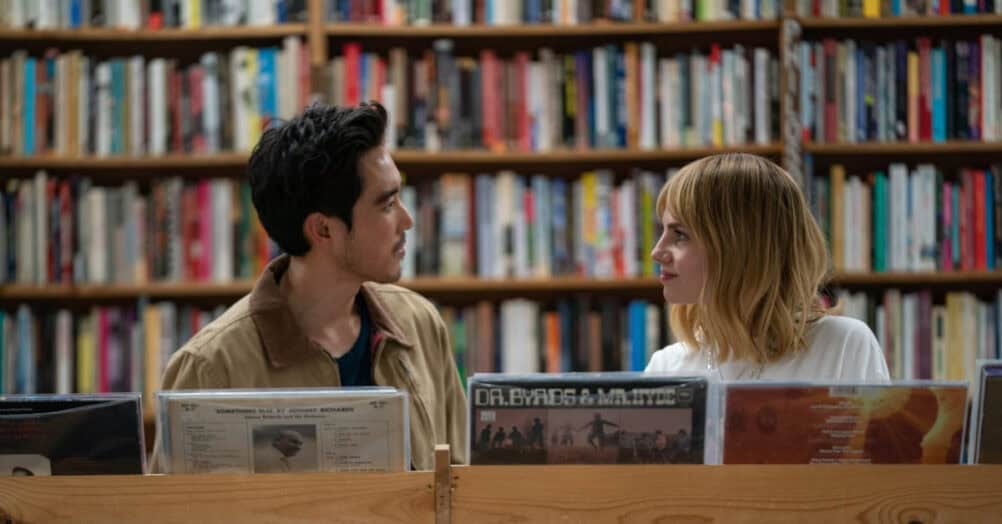

Follow the JOBLO MOVIE NETWORK
Follow us on YOUTUBE
Follow ARROW IN THE HEAD
Follow AITH on YOUTUBE